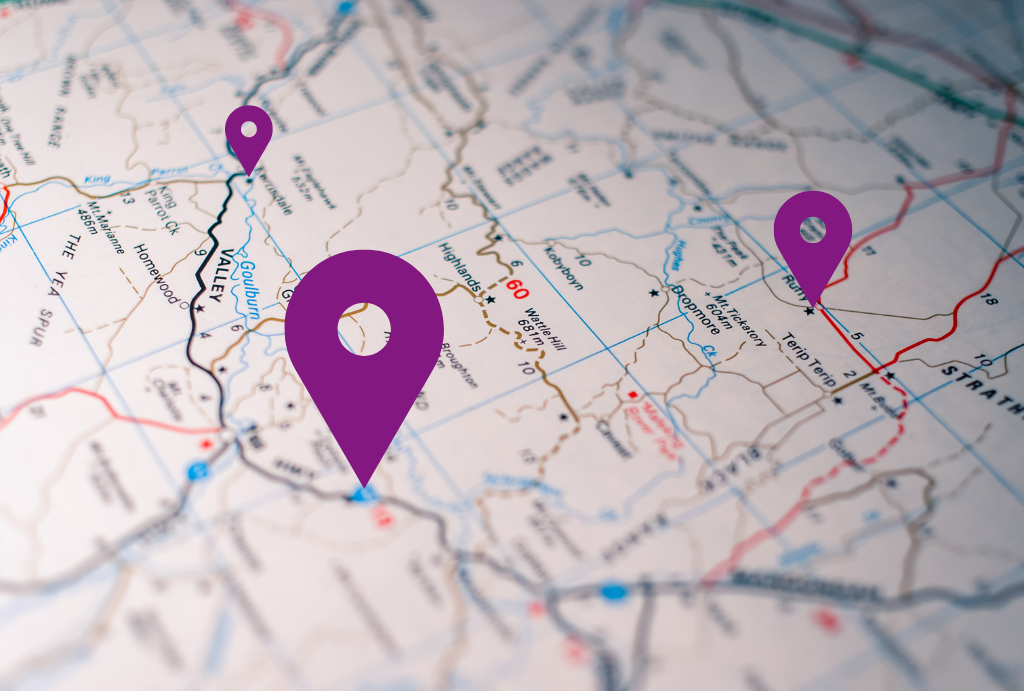22 Profile of a Place

A profile of a place will need to:
- Develop a controlling idea that guides the piece.
- Integrate primary research.
- Provide sensory details to create a sense of connection.
- Feature stories that establish a place as culturally significant.
- Appeal to a specific audience.
What is this genre about? A profile of a place blends the sensory details of a narrative with primary research (e.g., interviews or observations) to reveal the rich history and cultural significance of a particular site. In a sense, a profile of a place is a report, but it also goes above and beyond the traditional parameters of a report. These profiles may weave together accounts from interviewees, community documents, or even archival information to say something grand or thoughtful about a place that has shaped a community (or been shaped by one). You’ll want to 1) choose a physical place, 2) interview at least one person about your chosen place, 3) connect this place to themes and ideas of cultural relevance or interest, and 4) share stories and details that demonstrate why this place is important.
What are the expectations? Much like an intriguing portrait, a successful profile of a place should bring into focus a controlling idea that shares a larger theme or message about the place being profiled. The controlling idea is supported through specific, insightful details, stories, and visuals (rhetorical conventions of the genre), and it revolves around an idea that is complex but understandable – rather than obvious or cliché. The writer establishes a conversational but trustworthy tone as an expert on the place, guiding the reader along almost as if the writer were a tour guide or a museum docent describing the many stories and layers informing a piece of art.
Readers also expect a profile of a place to include at least one primary source (in the form of an interview or observation) and secondary sources (articles on the history of the place) that are smoothly integrated into the piece. Well-placed and cited images should be featured in a way that enhances the controlling idea. What’s more, be sure to think about how you’ll organize the piece. You may want to approach your reporting on the place chronologically, or you may want to surprise readers by beginning in the present day, moving into the past, and then ending with an eye toward the future.
Why does this genre matter? In many sectors of industry, people are asked to define the spaces they move through. Journalists write profiles of places that are of interest to people in their community. Non-profit organizations have to write compelling accounts of places they serve. And businesses need to write descriptions of physical places that entice readers to come visit. Not to mention that oftentimes taken-for-granted meaning lies within the spaces we move through or walk by every day.
What are examples of this genre?
Additional Resources
